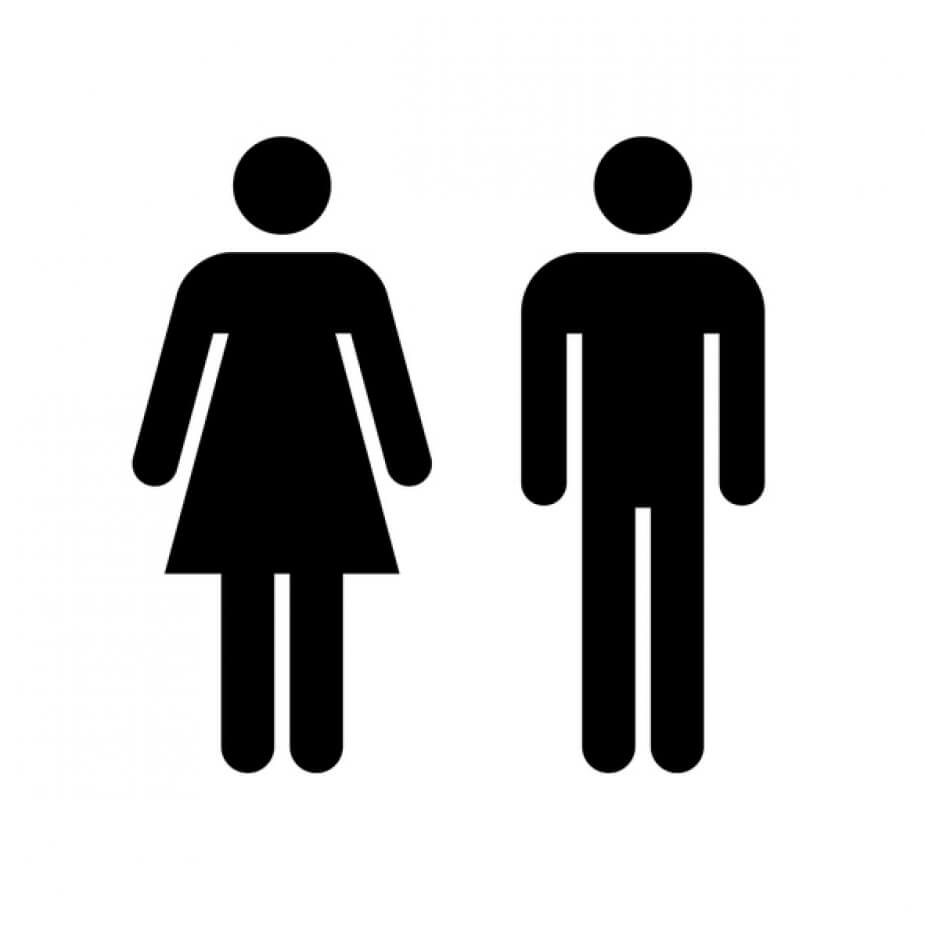Gender Pay – Gap Reporting
What is the gender pay gap? It is the difference between the average hourly earnings of men and women. Since 2017, under the gender pay gap information regulations large private employers with 250 or more employees have to publish the gender pay gap figures for their employees. Many businesses will be gearing up to publish these figures as they are due by 4 April each year (with the exception of those in the public sector which are due by 31 March).
The reporting obligations apply to the pay of an organisation’s “employees”. However, the definition of an “employee” is not set out under the relevant regulations but the explanatory document to the gender pay regulations states that the wider definition of “employment” under the Equality Act 2010 applies. Employees are defined here in the broadest sense and includes workers and agency workers.
Many hope that the publication of such figures will provide transparency on pay and force businesses to address unequal pay within the organisations. Whilst these reports identify the gender pay gap within organisations it is worth noting that there is no general enforcementor penalty mechanism for failing to comply with gender pay gap reporting obligations, although the Equality and Human Rights Commission has taken steps to request that non-complying businesses fulfil their reporting obligations and has commenced investigations into those who have not complied.
What are the implications of identifying a gender pay gap? It remains to be seen if there are any lasting implications for businesses whose reports identify pay gaps, and significantly, large pay gaps. However, persistent significant pay gaps year on year could lead to bad press and detrimentally affect reputation. It may also give rise to questions from employees and damage relations with staff. The published figures are representative of the pay gap but do not necessarily mean that there is a difference in pay between men and women which would give rise to equal pay claims. It therefore remains to be seen whether these reports will have a lasting and positive impact on unequal pay and whether businesses will in fact take steps to address their pay gap when forced to publicly acknowledge the gap.
To find out more about the topic of this blog, get into contact with Miranda Mulligan
Please note the contents of this blog are given for information only and must not be relied upon. Legal advice should always be sought in relation to specific circumstances.
Happy International Womens Day.

